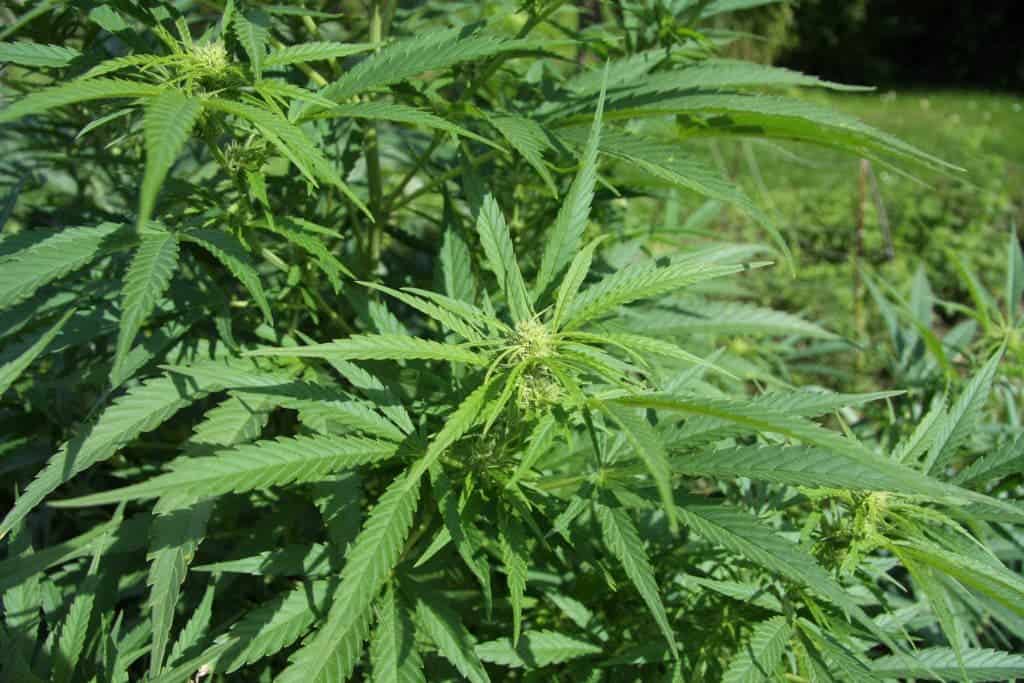Marijuana use has doubled among American adults from 2001 to 2013. About 10% of the population or 22 million are believed to be recreational users, a steep rise driven by both cultural shifts and more permissive laws. About 1 in 3 users abuse the drug (continued use despite knowing it may be damaging health or causing depression or anxiety), though it’s worth mentioning that this ratio was the same before the exponential rise in marijuana users.

The researchers used data from the National Epidemiologic Survey on Alcohol and Related Conditions surveys of alcohol and drug use. For the 2012-2013 survey 36,000 adults were interviewed, while 43,000 adults participated in 2001-2002. If in 2001 4.1% reported using marijuana at least once in the past year, this escalated quickly to 9.5% in 2012. The rates increased most notably among middle-aged adults and those 65 and older, as well as in black and Hispanic individuals. About 23 percent of high school students had used the drug in the past month in 2013, but this was similarly reported too ten years back.
Once with the users, so did the psychological strains associated with abuse did double. You might be surprised to hear there’s a condition attributed to the effects of marijuana abuse called marijuana usage disorder. This entails using the drug for a longer period or more frequently than intended, a strong urge to smoke pot, risky drug use or experiencing work, family or social problems as a direct consequence of using the drug. Apparently, you don’t have to smoke pot to be diagnosed with marijuana usage disorder. According to the report published in JAMA Psychiatry, marijuana usage disorder among the population doubled to 2.9% in 2012-13 from 1.5% in 2001-02. At the same time, marijuana usage disorder among users of pot dropped to 30.6%, down from 35.6%.
Use of marijuana for medical purposes is permitted in 23 states, and recreational use is legal in four states — Alaska, Colorado, Oregon and Washington. Many more have moved to reduce penalties for marijuana possession. This might explain for the sudden jump in users. At the same time, we might risk mistaking the effect for the cause. After all, marijuana was legalized (medically or not) in these said states because the public wanted it to happen in the first place. Certainly, there’s been a great cultural shift regarding marijuana, after decades of mostly unfounded persecution.
The report does well, however, to highlight that there are risks to public health through widespread use of cannabis. Marijuana is not entirely harmless, as the reverse propaganda machine would have us believe.


